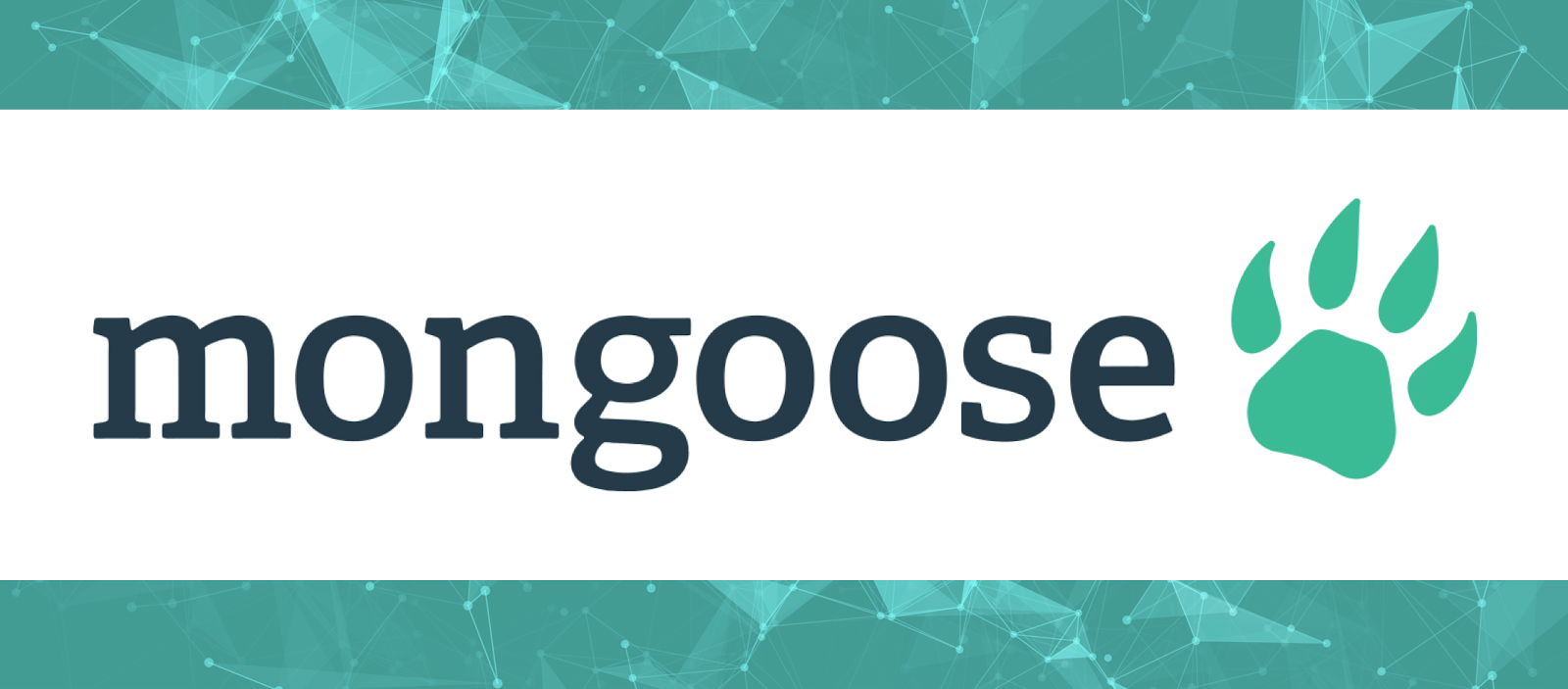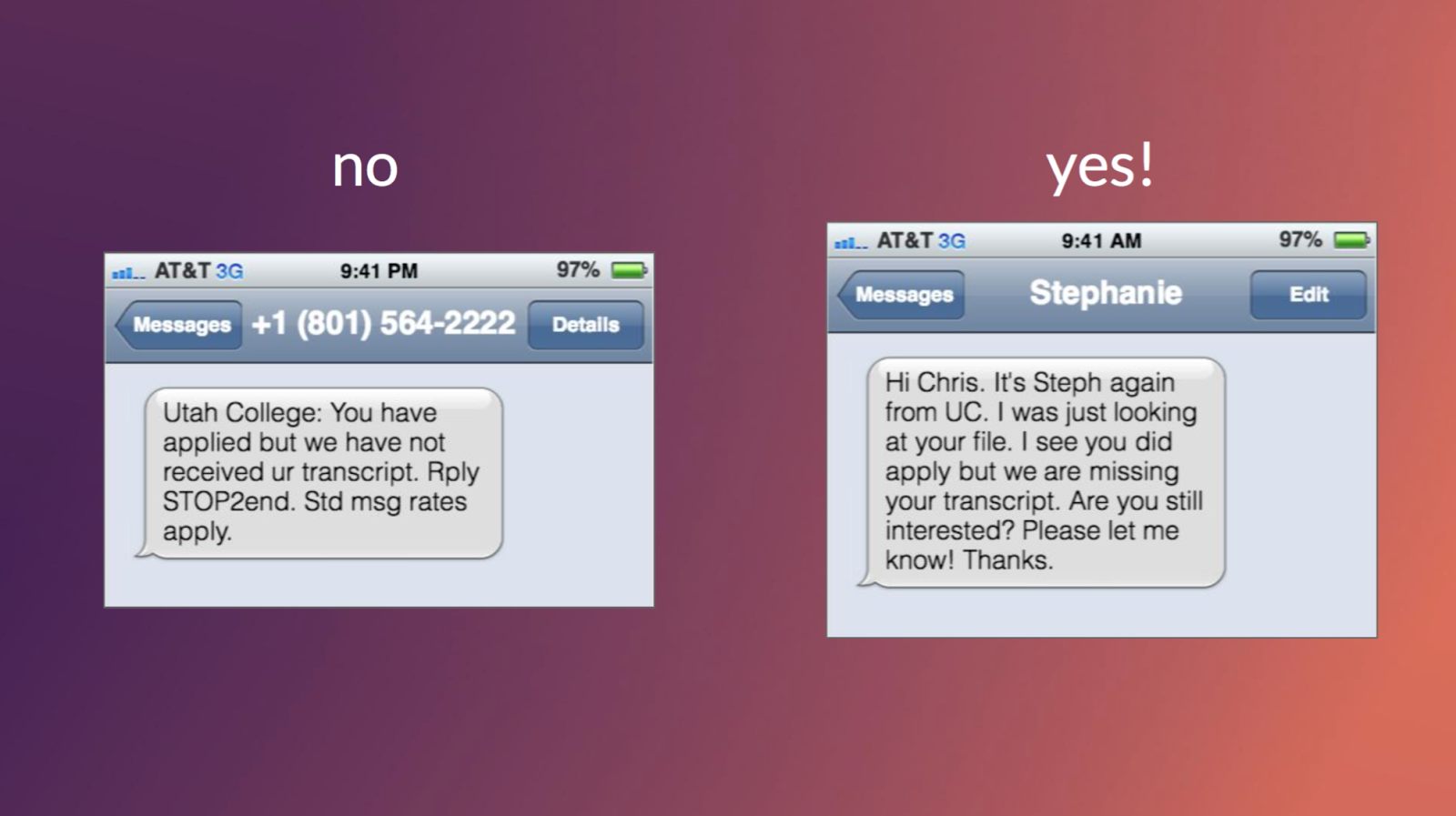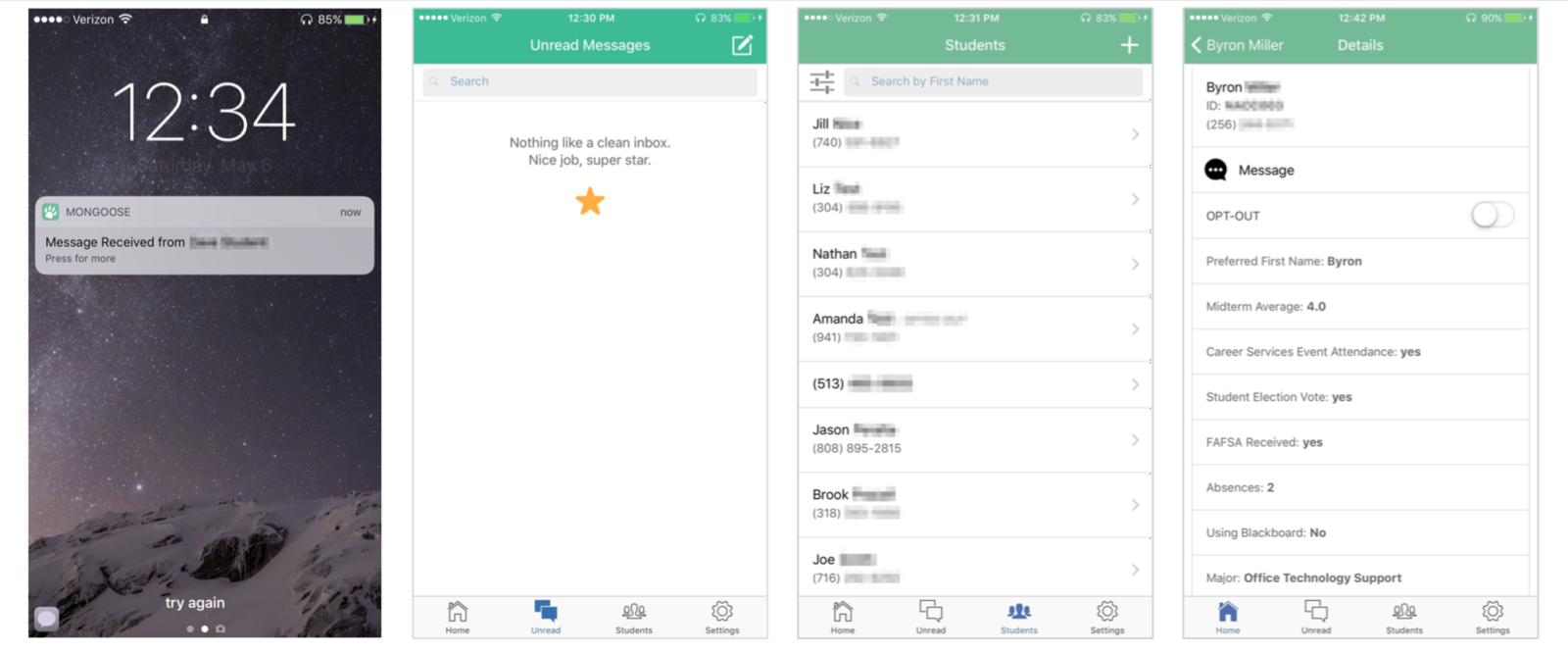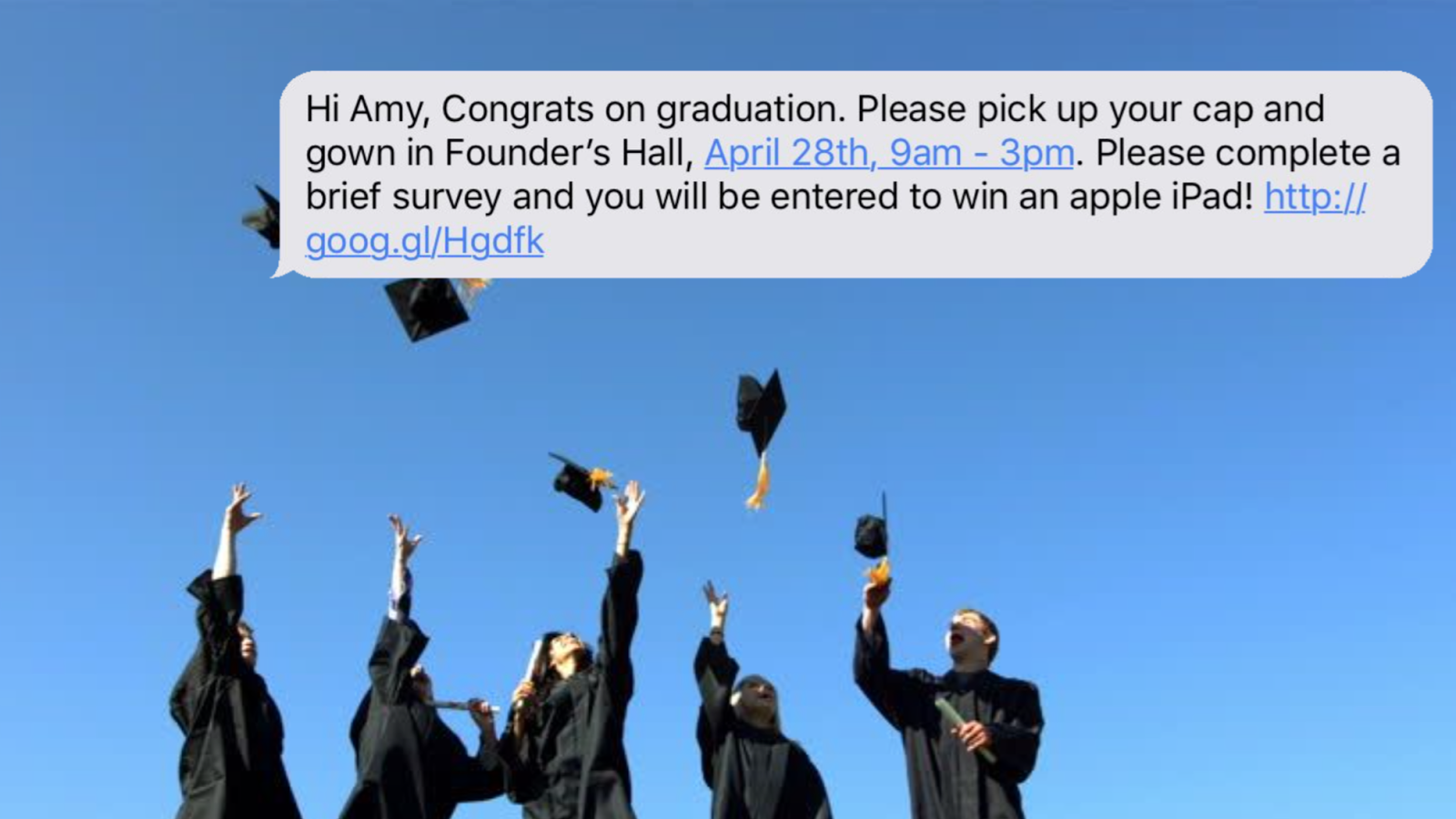Mongoose Masters the Art of Texting with Students
Time to read:
This post is part of Twilio’s archive and may contain outdated information. We’re always building something new, so be sure to check out our latest posts for the most up-to-date insights.

Many of us are familiar with the data and trends surrounding the average Millennial’s communication style. And when it comes to school, they will do a lot of things with SMS to avoid the old guard and antiquated way of doing things.
It should come as no surprise then, that a company called Mongoose is using SMS to communicate effectively with prospective and current students.
“Students rarely answer a voice call, often they feel email is for ‘old people’ and leaving voicemail is considered rude,” explains David Marshall, a Product Manager at Mongoose.
What the…SMS?
David sold his first higher education company in 2009 and began consulting with pro sports teams helping them use texting to better engage fans.
This kind.

Not this kind…but that could also be pretty cool (amiright)?

“I really thought SMS would make sense for Higher Ed,” David said. He began testing a product using short codes to respond to keyword messaging and open the lines of communication between students and universities.
“Higher Ed was really ready and the perception of texting as a medium had really changed.”
Mongoose
Mongoose is a 12 person team based in Buffalo, NY. The company facilitates conversations where institutions are able to communicate with students revolving around important matters like transcripts, campus events, and academic deadlines in a medium that does not freak them out.
All of this became possible when Mongoose discovered long codes and Twilio. They launched their platform with a Twilio integration in July 2015.
Using long codes allowed Mongoose to create more personal experiences.

Tech Stack
It starts with Google, probably a discreet member of all tech stacks by way of contributing some solution from search.
After finding Twilio there, the Mongoose team built the integration into their existing Javascript and Angular app.
They went with .NET on the server side using the C# helper library. You can quickly test sending SMS from your server like Mongoose did with the following code:
“The API does everything we need it to do,” the team said.
Thanks to the work of Mongoose engineers, 250 institutions (and counting) are having increasingly beneficial conversations with students. Context is a wonderful thing!

Many advisors, counselors and the like have said Mongoose is the best thing to come along in their careers. And students are more easily able to identify where to spend their time and who to spend it with.
It’s cause to celebrate!

Related Posts
Related Resources
Twilio Docs
From APIs to SDKs to sample apps
API reference documentation, SDKs, helper libraries, quickstarts, and tutorials for your language and platform.
Resource Center
The latest ebooks, industry reports, and webinars
Learn from customer engagement experts to improve your own communication.
Ahoy
Twilio's developer community hub
Best practices, code samples, and inspiration to build communications and digital engagement experiences.